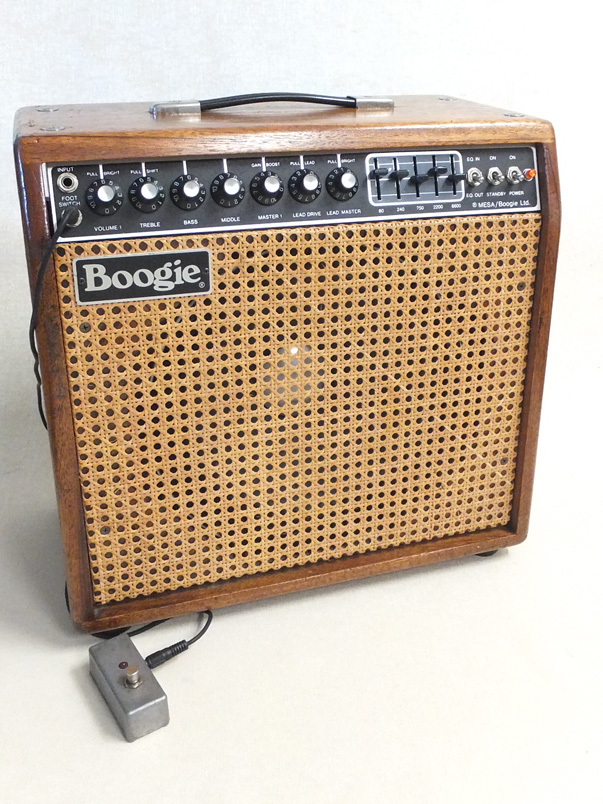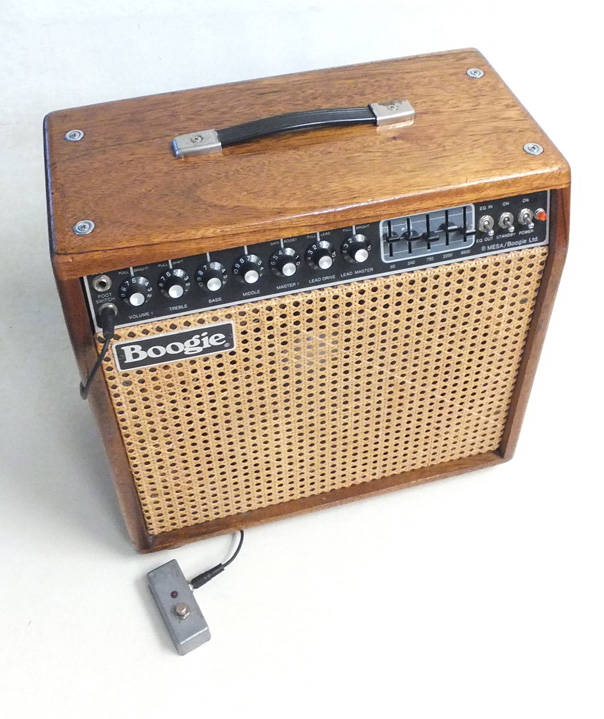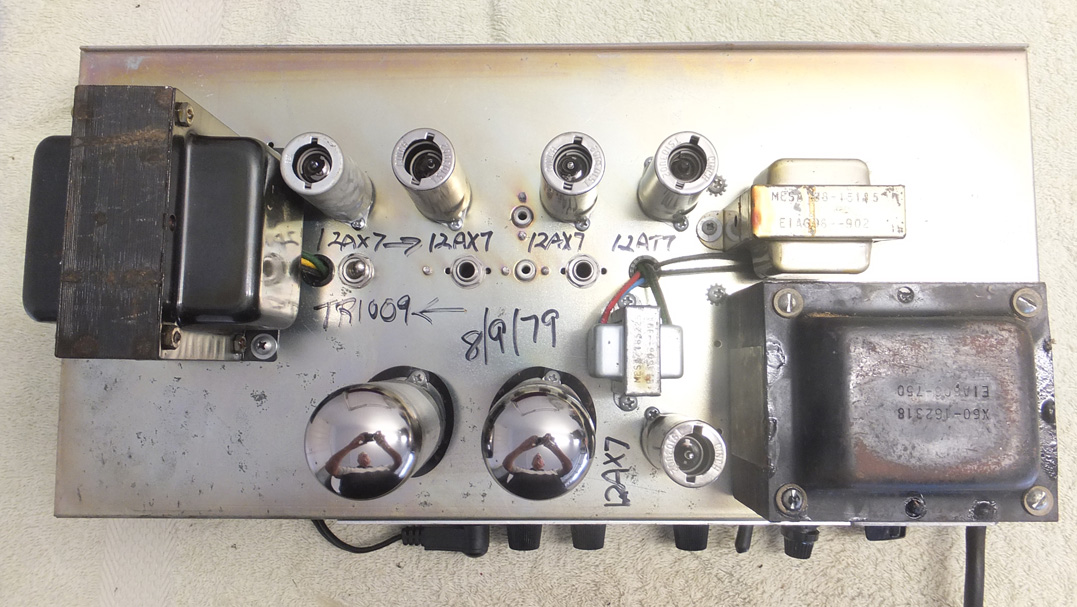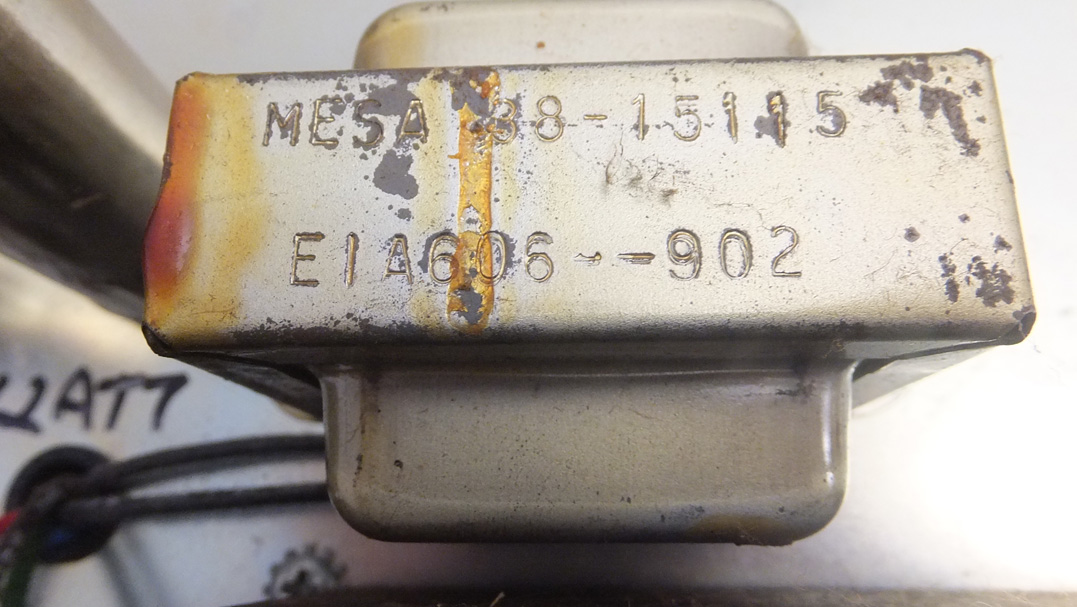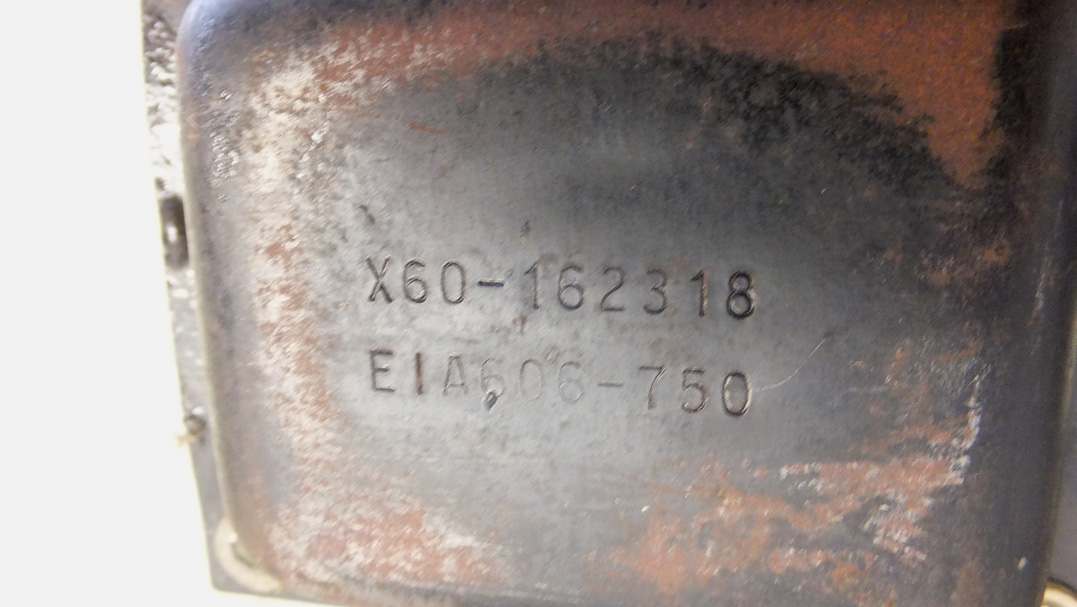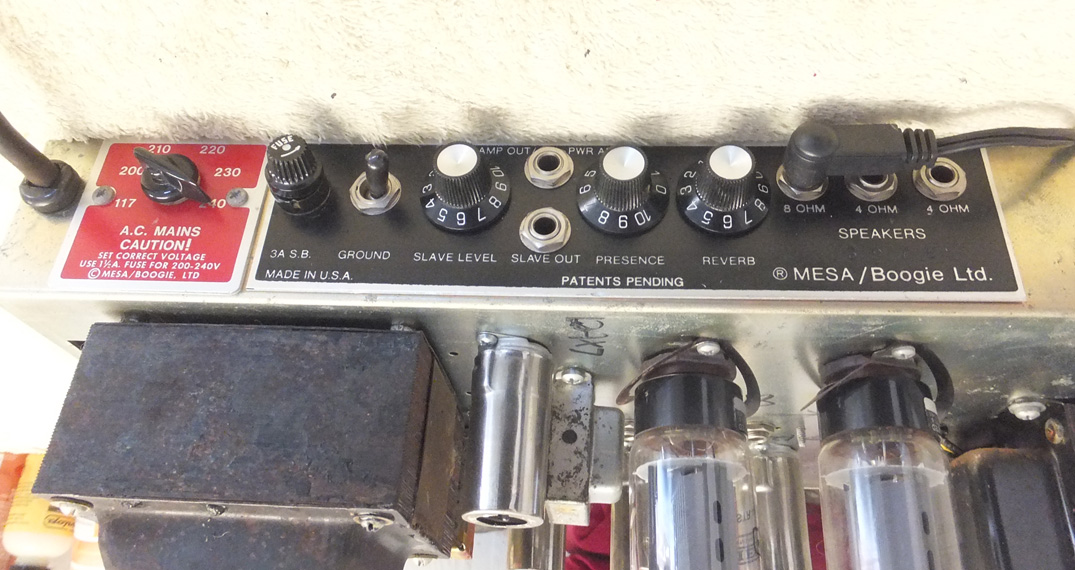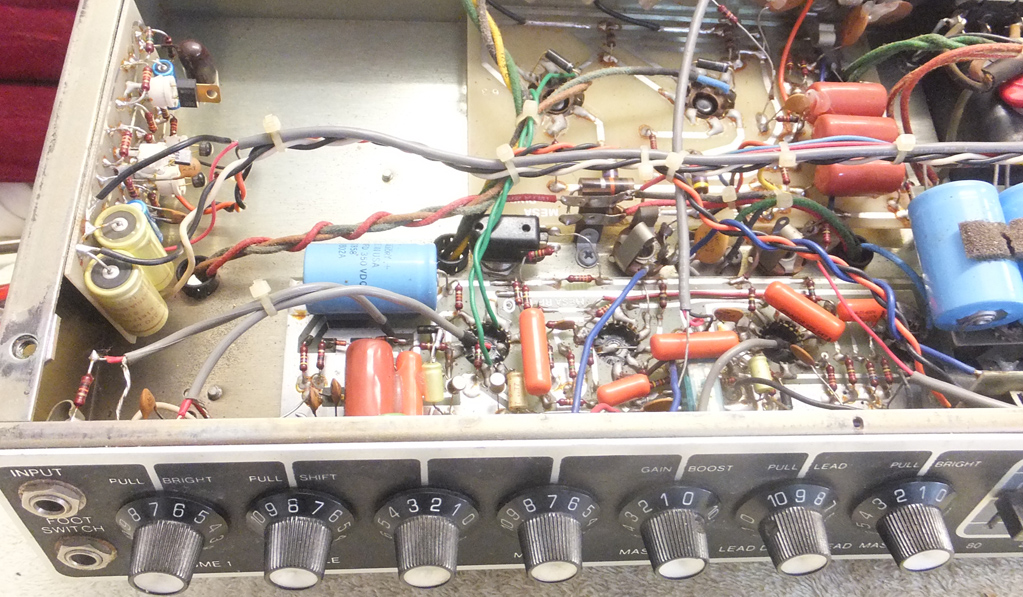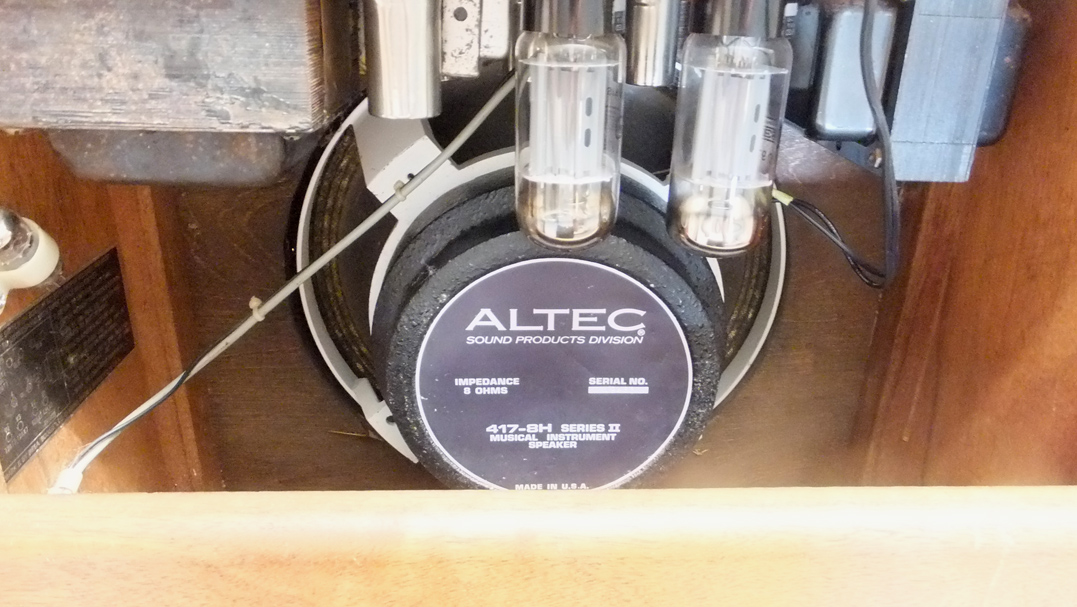Description
1979 Vintage MESA BOOGIE Mark IIA
Serial number 3976
60 Watt with EQ.
Rare, Collectable.
Wicker front Rare hardwood cabinet combo amplifier.
Has the upgrade Altec 417-8H 12″ speaker
A Magnificent amp.
Wicker front.
REVERB and Eq.
With footswitch
NOTE: These amps are really quite heavy but produce incredible sought after clarity and tone.
Please call for a freight quote to your location.
Please read notes to the right in this description.
This is an Australian edition amplifier with 240V,
Original switchable transformer
from 100-240V
Mark IIA
The Mark II introduced channel footswitching. It was not referred to as the “Mark IIA” until the Mark IIB was issued. It was also available as a head (a standalone amplifier), which could be hooked up to a number of different speaker combinations, although a 1×12″ cabinet was the most common. The preamp gain on the Mark IIs occurs after the tone controls and so, according to Mesa/Boogie, the IIA has a “tighter, more focused sound” than the Mark I. The Mark IIA’s control panel was extended from the Mark I’s to include a separate master volume control for the lead mode, and various push/pull switches including Pull Bright, Pull Treble Shift, Pull Gain Boost, a separate Pull Bright for the lead mode, and of course, Pull Lead. The 1/4″ jack previously marked “1” was changed to just “Input,” and “2” was changed to “Foot Switch.” The Mark IIA was a great improvement over the Mark I, however it had a few major flaws that it received criticism for among collectors. The new footswitching system relied on a relay, which made an audible popping noise when switching modes. The reverb circuit was also noise-ridden on some models. The IIA and IIB, and some late-model Mark I amps, used a JFET-based device called fetron in place of the input stage 12AX7 (V1), and included a switch for configuring the amp for either Fetron or 12AX7 operation. The reason for using a fetron was to address some of the problems associated with microphonic 12AX7 tubes in a high-gain situation; its use was later discontinued as newer production tubes were able to withstand the extreme conditions within the amplifier.
Here is an edited user comment I found to be interesting and relevant information worthy of inclusion for this page.
Preamp design (The early Mark II was Tweed voiced, while later models (IIB/IIC/IIC+) have more of a Fender Blackface tone) Notable how LOUD these amps can get while maintaining tonal definition.
For the record, this user writes, “I own an early 1978 Mk II 1×15 combo (#12 out of 50 made), and it is by far, one of the best sounding amps that I have ever used as a player, or a professional guitar tech; not only can I get that wonderful Santanaesque overdrive and sustain, but the clean tones can easily go from chicken picking to spanky, sparkling funk with ease. It will gladly go toe to toe with a 4×12 cabinet, and has no problem cutting through a full band. As much as I love my Mark V combo, I find that I spend more time playing through the Mark II; Randall Smith truly created something special with this amp.”

